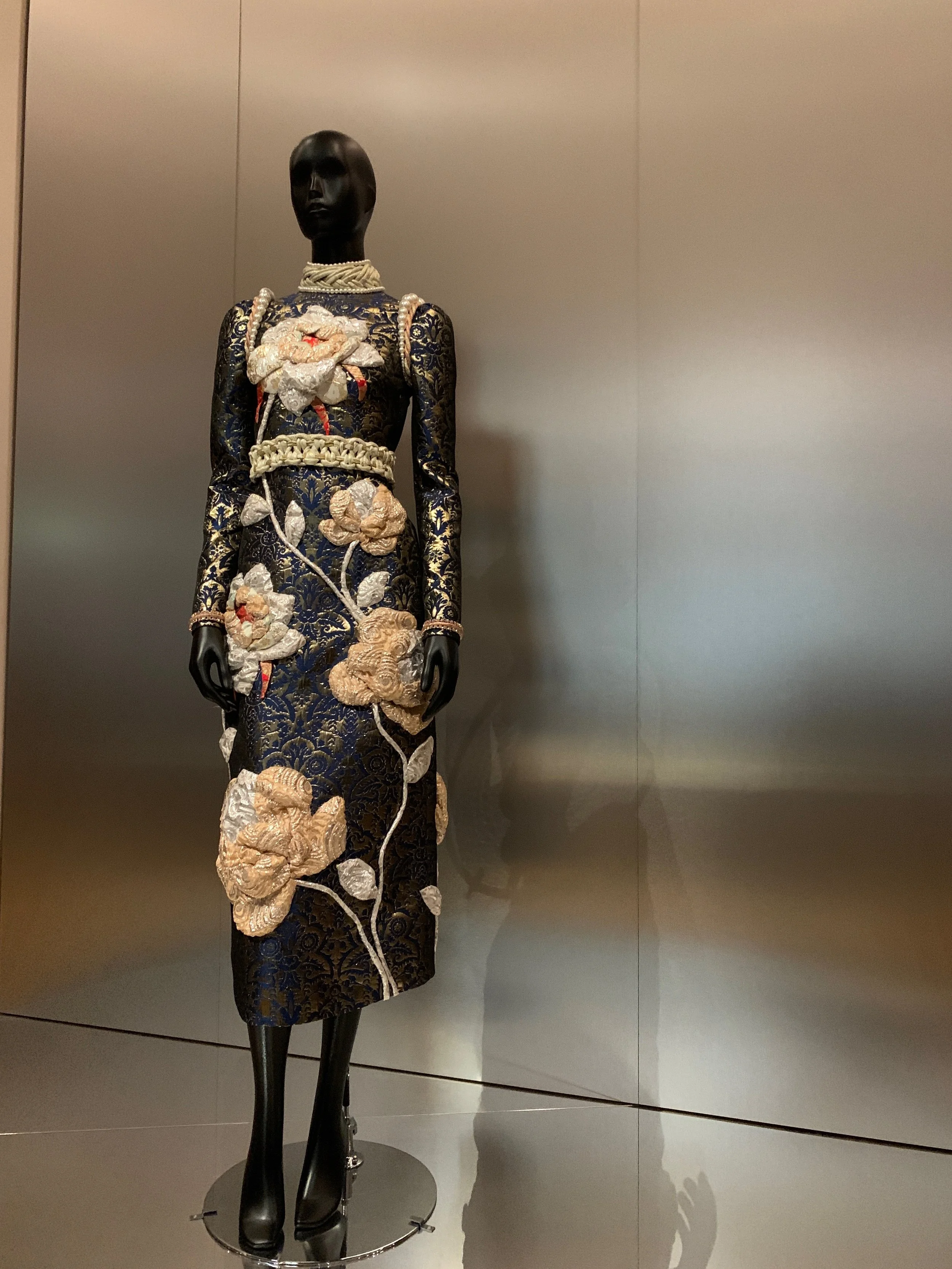The 7 Key Stages of Fashion Product Development
Why structure, clarity, and collaboration matter at every step
Product development is the backbone of every successful fashion brand. It’s where creativity meets strategy, and ideas turn into tangible, market-ready products.
Whether you're launching your first collection or scaling an existing brand, understanding the full product development cycle helps avoid costly mistakes and ensures a smoother path from sketch to sales.
Ready?
Here are the 7 Essential Stages in the product development process:
1. Design & Tech Packs
It all starts with a cohesive collection. Designing intentional silhouettes, selecting materials that meet your brand values and can meet the minimum order quantity, to thoughtful pricing strategies are key to creating a line that is both desirable and feasible to produce.
At this stage:
Build a range that aligns with your brand identity and target market.
Consider minimum order quantities (MOQs) that are realistic for both you and your manufacturer.
Develop clear, detailed tech packs that communicate every element of each style, from measurements and construction details to fabric and trim callouts.
*Remember, tech packs are just the beginning. They are living documents that will grow with your fit edits and require efficient tracking and clear communication from your product developer, the factory, or whoever else is on your team that looks after your product’s journey.
2. Fabrics & Trims
Your material choices shape the feel, fit, and sustainability of your garments. Sourcing fabrics and trims is one of the most time-consuming and critical parts of development.
This stage includes and is not limited to:
Researching and contacting suppliers.
Learning about MOQs and lead times.
Selecting Pantone colors and arranging lab dips for custom dyeing.
Ordering fabric and trim samples to test quality and compatibility.
3. Pattern Making
This is where your design becomes a technical reality. Patterns are the blueprint of your garment. Any error here trickles down the whole chain.
At this stage:
Work with an experienced in-house or outsourced pattern maker.
Track all pattern files and versions meticulously.
Communicate edits clearly, and document all changes to avoid confusion during sampling.
save for later
4. Lab Dips & Strike-Offs
Assuming you are not choosing fabric that is stock service, lab dips are made in dye houses. Before moving to final samples, colour and graphic tests are done to ensure accuracy and consistency.
Here’s what happens:
Lab dips are created for dyed fabrics to match your Pantone references. You then choose from a selection of colour swatches that all have formulas to achieve the colour you will then dye the bulk fabric in.
Strike-offs for graphics are done for prints or embroidery to confirm scale, colour, and placement. They are done on a smaller piece of fabric at the embroidery or print houses.
Once approved, the colour formula is used to dye your bulk fabric, and the strike offs will then be the exact print/embroidery used for bulk production.
5. Prototypes & Fit Samples
Now the real testing begins. Prototypes are the first physical version of your product based on the pattern and chosen materials.
This phase includes:
Reviewing the prototype for construction and fit.
Making pattern adjustments based on fit tests.
Creating fit samples with correct fabrics, trims, and branding to finalise the product.
This is where final tweaks happen, and where communication between design and production teams is essential.
6. Bulk Production
Once samples are approved, it's time to commit. No changes should be made after this point to avoid delays and confusion.
At this stage:
Finalised tech packs, labels, hang tags, and packaging details are sent to the manufacturer.
Bulk production is scheduled and managed.
Shipping timelines are confirmed, and logistics are set in motion.
7. Quality Control
Before your products are shipped, quality checks are essential to ensure everything matches the approved samples. This essential step ensures your brand is delivering on its promise to your customer.
QC includes,
Reviewing garment construction, sizing, trims, and packaging.
Catching and addressing any production defects.
Final Thoughts
(not really final final thoughts… I could talk about product development until the dawn of time)
Each stage of product development is much deeper than the above layout, but it gives you a good idea of the process. It requires time, budget planning, and efficient tracking systems. From the first sketch to quality control, clear communication and documentation are what streamline the journey.
Investing in a structured process not only helps you deliver a better product, it builds trust with your manufacturing/development partners, reduces waste, and positions your brand for long-term success.


